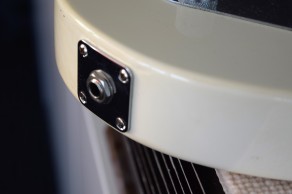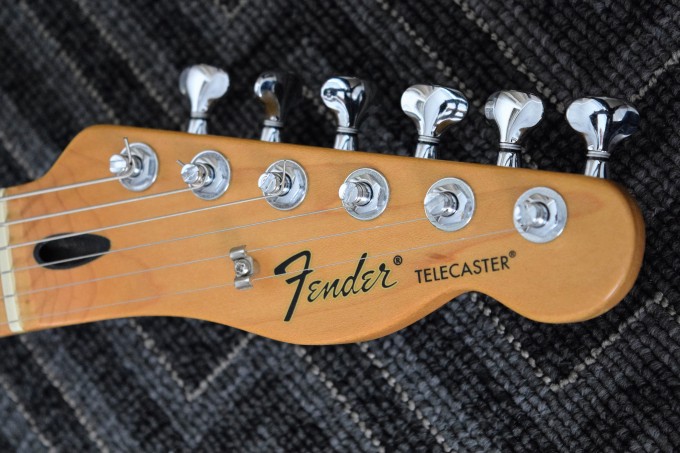I have often wondered if the blues has been given the respect it deserves as an important stepping stone in the development of 20th Century popular music. Certainly for afficionados and those who embrace it, the blues can have an almost mystical character that is rich in tradition and offers a unique musical folklore that must be preserved.
Lovers of the genre can spend whole lifetimes trying to uncover the truths or otherwise of the many stories that have been woven into its history. For these people the blues is very much alive, complete with a cast of characters whose very names continue to inspire awe and appreciation among devotees; names like Charlie Patton, Son House, Robert Johnson, Mississippi John Hurt, Bessie Smith, Hound Dog Taylor, Memphis Minnie, Memphis Slim, Etta James and millions of others who tell a story of the blues and add their own take to the narrative, in some way helping to ensure the idiom’s mystique is maintained.
Did Robert Johnson really sell his soul to the devil at the crossroads? The implication is that the transaction ensured his fabulous guitar skills but, because of his benefactor, probably also played a hand in his early death. Even the way that Robert died has never been confirmed with any certainty, leaving us forevermore with a wonderful yet dark mystery that has become the stuff of legend and songs. Speaking of songs, we have as a direct connection to the man Johnson’s 1936/37 recordings of 29 songs recorded in two sessions and the only songs he recorded before his untimely death. You can almost see his uncommonly long fingers caressing the fingerboard of his 1929 Gibson L-1 (or was it his Kalamazoo KG-14?) while playing directly to the wall so that he got the best recorded sound for the engineer on the session. Each of the 29 songs were recorded twice and then the session was done, and reportedly not that long after so was Robert.
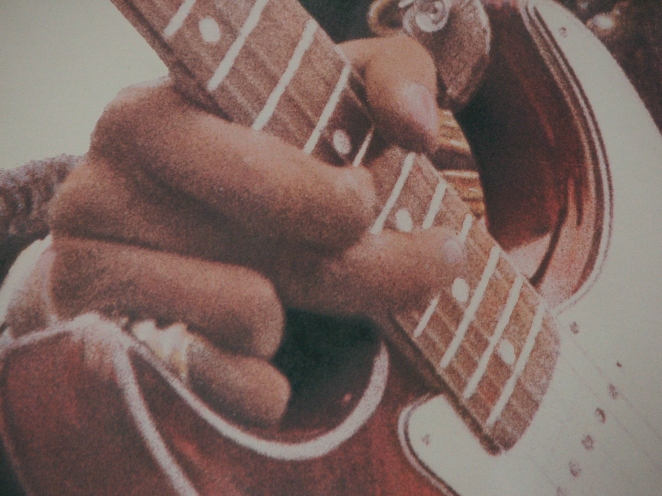
The history of the blues is littered with such stories. Was Leadbelly finally released from prison into the hands of Alan and John Lomax because he had written a song for the jail warden’s wife? The song, Goodnight Irene, became a huge seller, some say, with a million copies when piano rolls, sheet music and acetate (78 records, for anyone born after 1990) were taken into account. It’s a great story and far more colourful than the truth but suffice to say Leadbelly was finally released from jail and had a major impact during America’s early 60s folk boom and died a free man. Diverse musicians across the musical spectrum from Bob Dylan to Eric Clapton to Kurt Cobain have paid homage to the musical spirit that is Leadbelly. Who can forget Cobain’s gut wrenching version of Where did you sleep last night? on his MTV Unplugged in New York album? Yes indeed, the blues has the power to reach across the decades.
Was Bessie Smith murdered just when she was re-emerging as a musical force after years of alcohol and drug abuse? Regardless, hers is a sad story. Bessie was certainly a trail blazer for her time and I don’t believe her role has ever been fully acknowledged. While there had been female blues notables prior to her arrival in the late 1920’s, the idea of women playing and singing the blues had nowhere near as much importance attached to it as was attached to the role of the male “Bluesman”. Bessie’s eventual demise, clouded by serious substance abuse, was arguably hastened by the fact that she as a woman had to endure much more derision purely because she was born of the sex not to be taken as seriously as she should have been. Thankfully, there are great female blues performers out there today who would have no trouble acknowledging the roles Bessie and her contemporaries played in their careers. Think of the wonderful slide playing of Bonnie Raitt, and more recently the rootsy playing of Dani Wilde, and the blues attack of Samantha Fish. I’ve always believed there is great opportunity for committed and talented women in the field and there is so much more to be written from the female perspective. Personally, I’m all ears.
There is no doubt there remains a treasure chest of fact and fiction in the history of the blues but what does this mean to young musicians of the 21st Century desperate to make their mark in this highly technological age? Does an understanding of the blues have any relevance in their musical development? As a guitarist and teacher I have consistently argued that a good understanding of the blues provides an important stepping off point for a positive musical development in other areas of Western music. For me it provides the perfect example of a ‘less is more’ approach to music-making, which is a useful lesson for all guitarists and musicians generally and it also provides a solid base for the development of important improvisational skills. It is a music that can enforce a high level of technical aptitude in the player but can also be a powerful statement in its most primitive form. I have so often heard the criticism that it is a simplistic form of music but it is so much more than that. It has a depth that has spanned over a century and, when its roots in Africa are considered, well beyond 100 years. In a conversation not long before his passing, John Lee Hooker, one of the finest exponents of the genre offered this definition of the blues:
“The Blues is life, it’s as simple as that … The music we play, me, BB King, people like that, the music is the roots. Rock music, everything else, is like a branch on the same tree. It all comes from the blues. They dress it up a little, but it’s the same thing … Lots of friends of mine, who played the real blues: Muddy Waters, Albert King, Stevie Ray Vaughan, they’ve all gone. But their music is still here. The Blues will never die. Long as the world is going, the Blues will be here.”






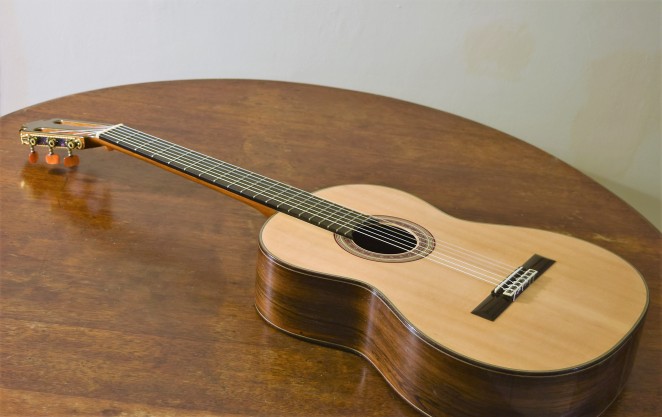
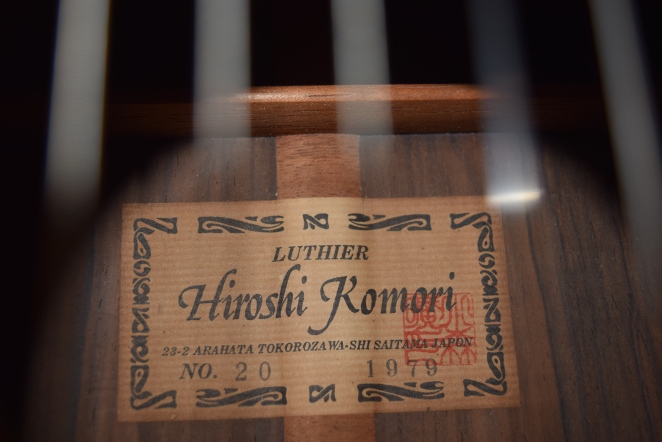

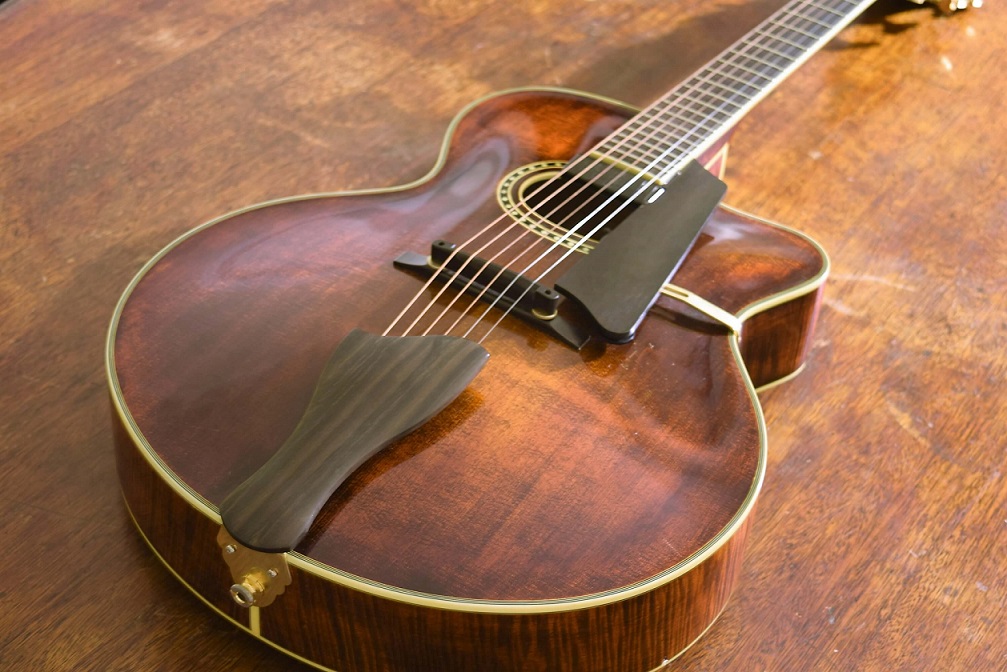
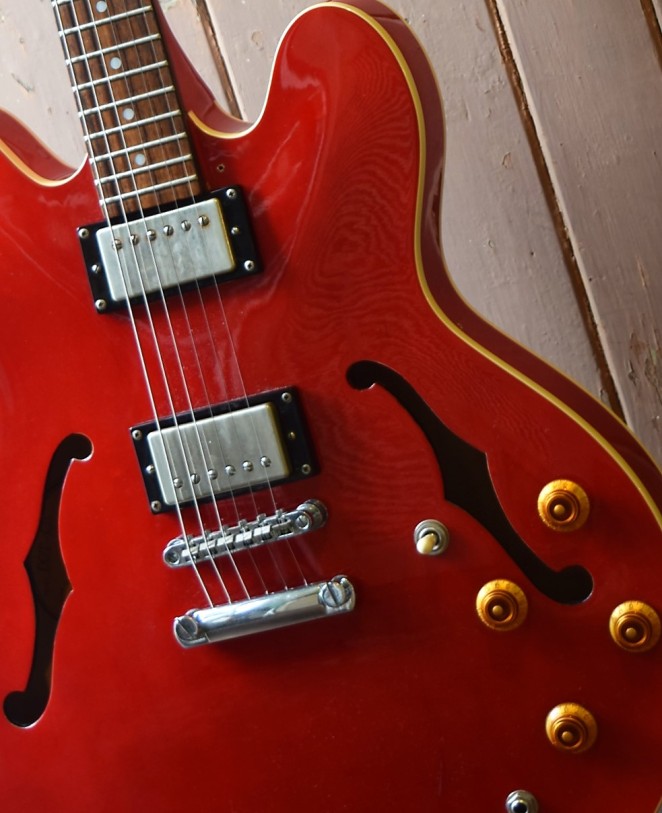 Miles Davis says in the prologue of his autobiography, “Listen. The greatest feeling I ever had in my life – with my clothes on – was when I first heard Diz and Bird together in St Louis, Missouri, back in 1944 … Man that shit was so terrible it was scary.”
Miles Davis says in the prologue of his autobiography, “Listen. The greatest feeling I ever had in my life – with my clothes on – was when I first heard Diz and Bird together in St Louis, Missouri, back in 1944 … Man that shit was so terrible it was scary.”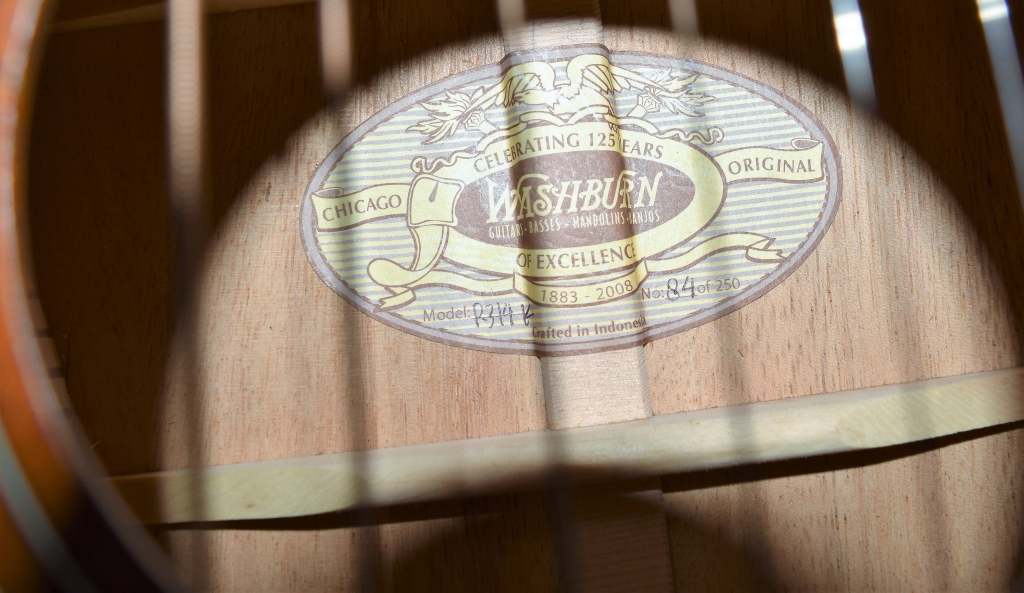







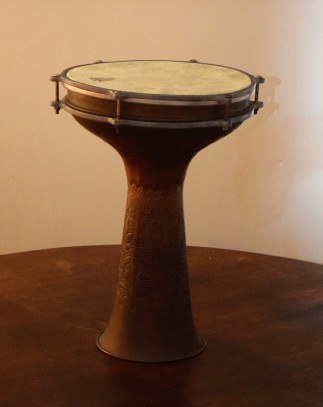
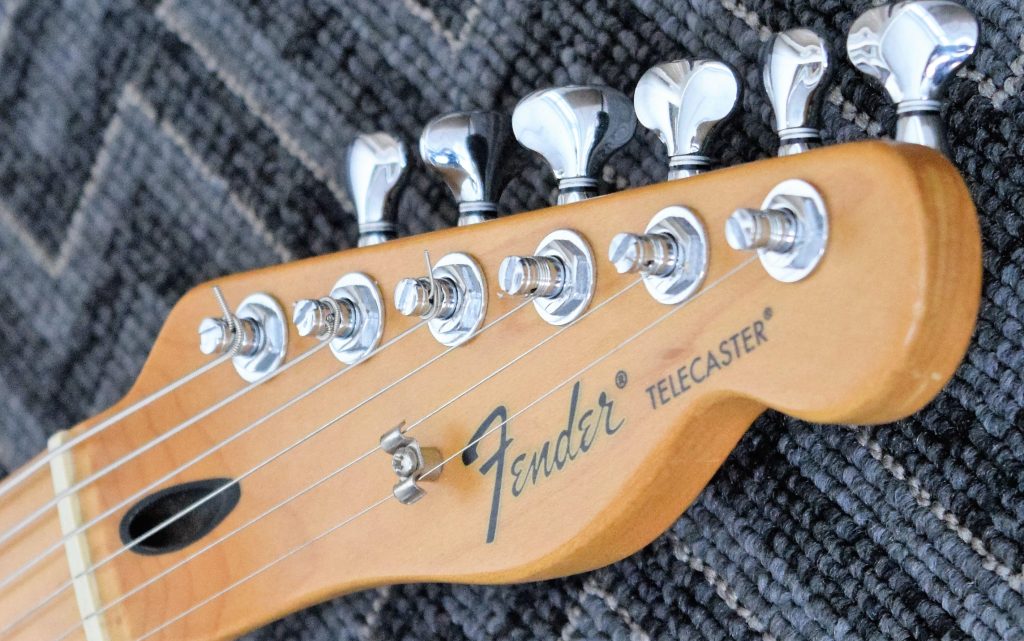
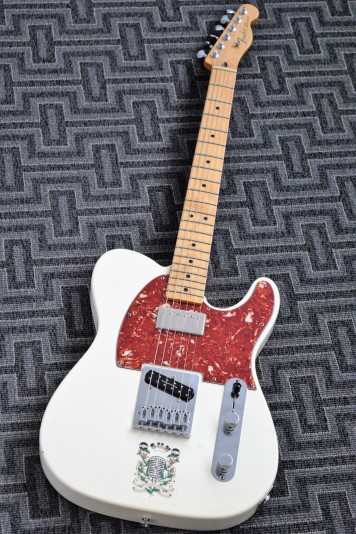 This is my go-to Telecaster. While I own quite a few others and they are all brilliant instruments this is the one that does most of the hard yards day in, day out. In my opinion, it is a cool looking guitar and it is the only one in my collection that has a sticker on it! I don’t normally put stickers on instruments – although, it’s been done so many times and often with iconic effect. Think Joe Strummers’ 66 Tele or wander further back to Woody Guthrie’s Gibson L-OO which he painted with the words “This Machine Kills Fascists”. While not wishing for anyone’s demise, I nevertheless decided that once the guitar was exactly to my liking I would add the sticker – kind of like a statement of ownership because this Tele was definitely not for sale. The fact that the sticker referred to the famous Sun Studios just added to this guitar’s mojo.
This is my go-to Telecaster. While I own quite a few others and they are all brilliant instruments this is the one that does most of the hard yards day in, day out. In my opinion, it is a cool looking guitar and it is the only one in my collection that has a sticker on it! I don’t normally put stickers on instruments – although, it’s been done so many times and often with iconic effect. Think Joe Strummers’ 66 Tele or wander further back to Woody Guthrie’s Gibson L-OO which he painted with the words “This Machine Kills Fascists”. While not wishing for anyone’s demise, I nevertheless decided that once the guitar was exactly to my liking I would add the sticker – kind of like a statement of ownership because this Tele was definitely not for sale. The fact that the sticker referred to the famous Sun Studios just added to this guitar’s mojo.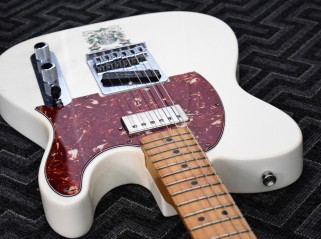 When this neck arrived it was everything the seller said it was. The neck was brand new and had what appeared to be the Jim Dunlop 6150 fret wire – a medium high gauge wire that I particularly like. The next step was a body and I decided to go for a loaded Mexican body. There are plenty available on Ebay and I snapped up a typical single coil version with a mint green pickguard. Once neck and body were put together I had a no frills Tele that looked okay, sounded okay but in the end it was … well … just okay. Soon enough somebody offered me a fair price for it so I let it go. I figured that was the end of my Tele customising experiment until I got a phone call from the new owner some six months later asking if I would buy it back.
When this neck arrived it was everything the seller said it was. The neck was brand new and had what appeared to be the Jim Dunlop 6150 fret wire – a medium high gauge wire that I particularly like. The next step was a body and I decided to go for a loaded Mexican body. There are plenty available on Ebay and I snapped up a typical single coil version with a mint green pickguard. Once neck and body were put together I had a no frills Tele that looked okay, sounded okay but in the end it was … well … just okay. Soon enough somebody offered me a fair price for it so I let it go. I figured that was the end of my Tele customising experiment until I got a phone call from the new owner some six months later asking if I would buy it back.


 pickup. Fortunately the loaded body had already come with the modern individual saddles (think Keith’s brass saddles on Micawber but in nickel. Either way, so much easier to fine tune than the vintage options). For me, the Seymour Duncan Lil ’59 was a no brainer. I didn’t want the bridge pickup to be switchable and this pickup can really funk it up. A great contrast to the Lollar. It also fits into the bridge rout without any mucking about.
pickup. Fortunately the loaded body had already come with the modern individual saddles (think Keith’s brass saddles on Micawber but in nickel. Either way, so much easier to fine tune than the vintage options). For me, the Seymour Duncan Lil ’59 was a no brainer. I didn’t want the bridge pickup to be switchable and this pickup can really funk it up. A great contrast to the Lollar. It also fits into the bridge rout without any mucking about.